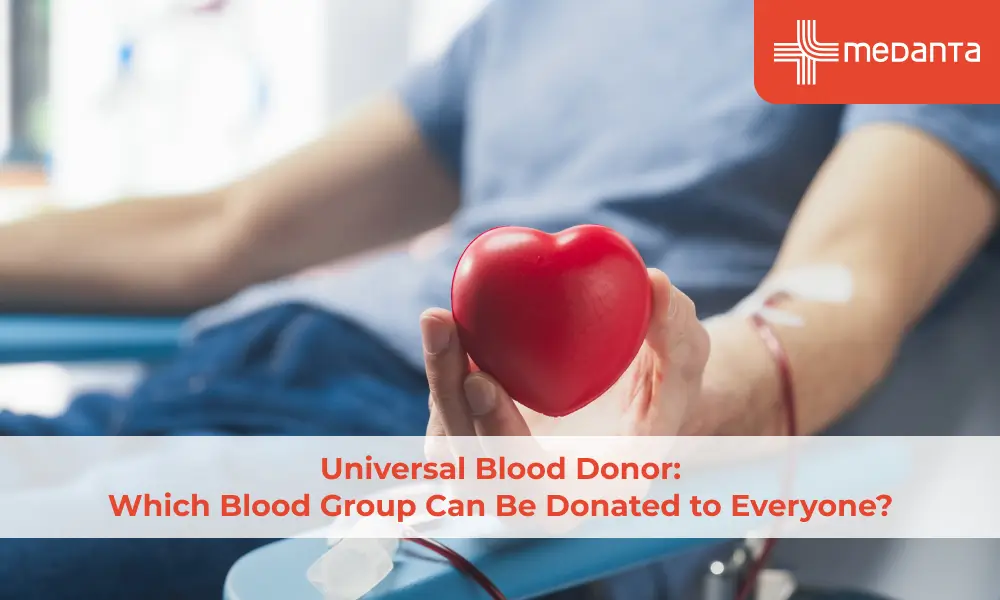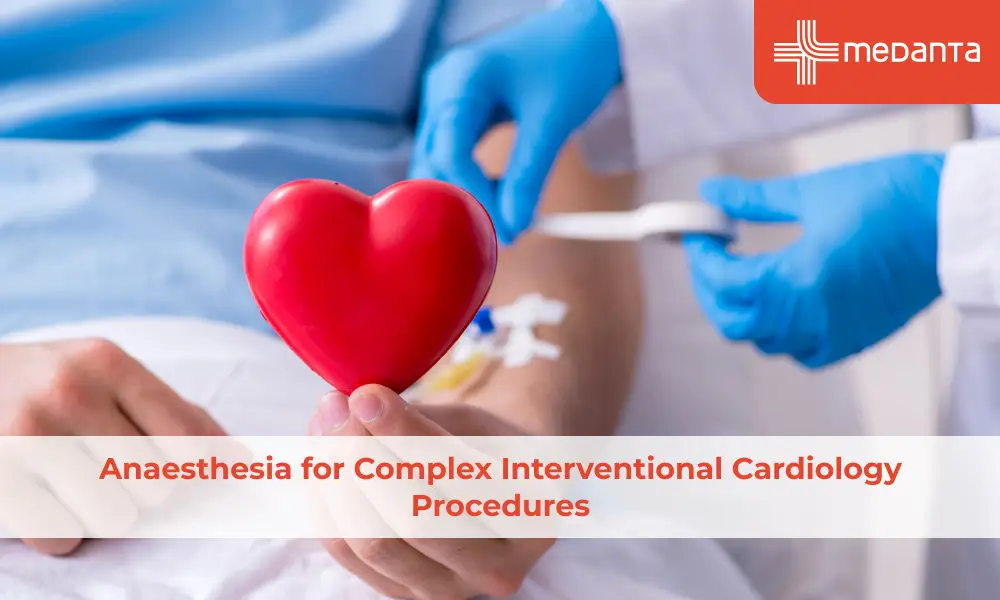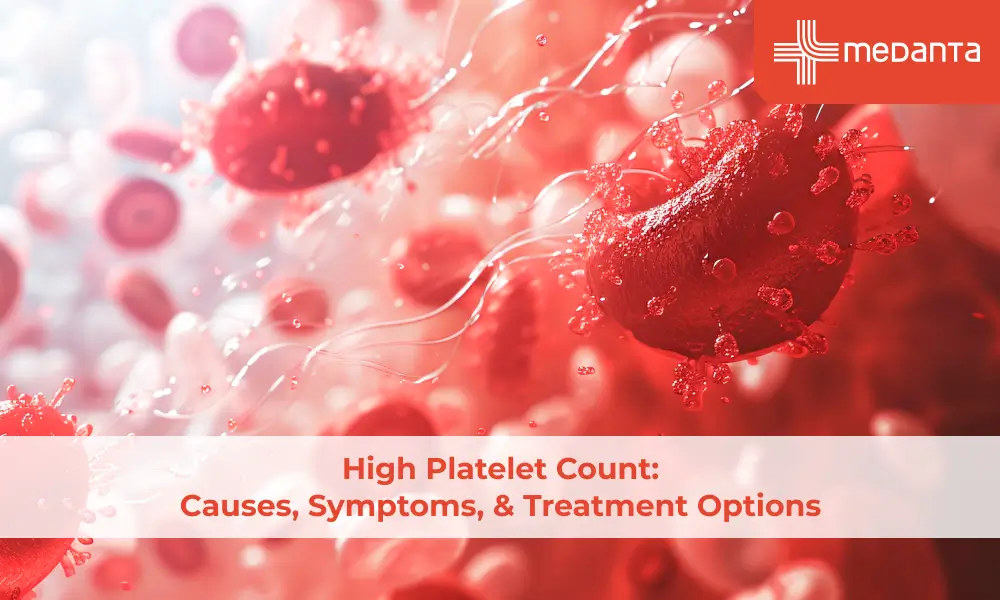Preparing for Minimally Invasive Heart Surgery: A Step-by-step Patient Guide

TABLE OF CONTENTS
Minimally invasive cardiac surgery helps patients recover substantially faster than traditional open-heart procedures. Most patients need only 2 to 5 days in hospital, unlike the extended recovery time of conventional surgery. Small incisions replace large chest openings, which causes less trauma to the body.
The advantages go well beyond shorter hospital stays. This approach reduces infection risks and leaves minimal scarring. Research shows that non-invasive heart surgery leads to reduced bleeding, shorter ventilation time, decreased pain, and sooner return to normal activities after surgery than standard procedures. Those who get minimal invasive bypass surgery often leave the hospital within 2 to 3 days and return to their regular routines in 2 to 3 weeks. On top of that, doctors can perform some procedures without stopping the heart, which eliminates the need for a heart-lung machine.
This article guides patients through every step of minimally invasive cardiac surgery preparation - from original consultations to the procedure day details and recovery process.
Getting ready for minimally invasive heart surgery requires several vital steps to ensure a successful procedure and recovery. Your surgical team will guide you through this process and provide specific instructions based on your condition.
Pre-surgical Tests and Consultations
The path to minimally invasive cardiac surgery starts with a medical evaluation. During pre-operative appointments, the doctor explains the surgical procedures, discusses potential risks, and answers questions. It usually lasts two to three hours.
Your readiness assessment includes these key tests:
Blood work: Type and screen for possible blood transfusions
Chest X-ray: To examine your chest, lungs, heart, and surrounding structures
Electrocardiogram (ECG): To measure your heart's electrical activity
Pulmonary function tests: To examine your lung function
Carotid Doppler/ultrasound: To screen for neck artery blockages
Echocardiogram: To examine heart valves, chambers and overall function
The doctor will review your medications and tell you which ones to continue or pause before surgery. This includes blood thinners, anti-inflammatory drugs, and other prescription medications. Doctors advise you to quit smoking before your procedure since it irritates the lungs and affects healing.
You should not wear contact lenses, dentures, jewellery, nail polish, or spectacles during surgery.
Your minimally invasive cardiac surgery marks a milestone in your treatment. The medical staff will guide you through several steps when you arrive at the hospital. You will check in at admissions, change into a hospital gown, and meet your surgical team before the procedure.
Your surgical team needs to be precise during minimally invasive heart surgery. Anaesthesiologists watch your vital signs while surgeons work through small incisions to repair your heart. The procedure usually takes two to six hours to complete, depending on the complexity of your heart condition and the specific procedure.
Once your minimally invasive cardiac surgery ends, you will go to a recovery area. The medical team will monitor your progress closely. Most patients then move to the intensive care unit (ICU) for specialised care and observation.
After waking from anaesthesia, many patients feel groggy, thirsty, or cold as the anaesthesia wears off. These sensations are temporary.
Your post-operative care will include:
A one to two-day stay in the intensive care unit (ICU)
Flexible drainage tubes in your chest to drain air, blood, and fluid
Fluids and medicines through intravenous (IV) lines
A urinary catheter to drain urine from your bladder
Monitors tracking your heartbeat and blood oxygen levels
The surgical team will watch for signs of infection during your hospital stay. They will also regularly check your blood pressure, breathing, and heart rate. You'll start walking within a day or two after the procedure. Most patients stay in the hospital for three to five days, though this varies based on their condition and procedure.
Your doctor will give you clear instructions for home care after leaving the hospital. These typically include:
Gradually increasing daily activities while avoiding heavy lifting
Taking prescribed medications exactly as directed
Caring for your incision sites properly
Attending all follow-up appointments
Watching for signs of infection or complications
Patients who have minimally invasive heart surgery recover much faster than those who undergo traditional open-heart procedures. Most people go home within 3-5 days after surgery, but recovery times differ based on a patient's health and the specific procedure.
Recovery needs patience. The first few weeks at home might feel tough as your body heals. Despite that, most patients see big improvements within the first month. Pain levels go down steadily, and energy comes back bit by bit.
Cardiac rehabilitation programmes are crucial to recovery. These exercise and education sessions help strengthen your heart and teach you ways to make heart-healthy lifestyle changes. Your medical team will tell you when you can safely start these programmes.
Minimally invasive procedures help you recover faster than traditional surgery, but complete healing takes time. You need to manage your expectations. Some patients might feel moody or have trouble sleeping during recovery – these issues usually go away as healing continues.
Minimally invasive heart surgery gives you lasting benefits beyond the shorter hospital stay. Smaller incisions leave less visible scars, and reduced chest tissue trauma means less pain after surgery. Patients often get back to their normal lives sooner with fewer complications than those with traditional open-heart procedures.
Heart surgery can feel scary, but with good preparation, realistic expectations, and close follow-up with your healthcare team, you can achieve great outcomes. This piece's step-by-step approach helps you face your procedure with confidence and understanding. It sets the stage for successful recovery and better heart health.
How long does minimally invasive heart surgery typically take?
Minimally invasive heart surgery usually takes between two and six hours, depending on the complexity of the procedure and the patient's specific heart condition.
What are the primary benefits of minimally invasive heart surgery compared to traditional open-heart procedures?
The main benefits include shorter hospital stays (typically 2-5 days), reduced risk of infection, less visible scarring, and quicker return to normal activities, often within 2-3 weeks.
What tests will I need to undergo before the surgery?
Pre-surgical tests typically include blood work, chest X-ray, electrocardiogram (ECG), pulmonary function tests, carotid Doppler/ultrasound, and echocardiogram to assess your overall health and readiness for surgery.
What should I pack for my hospital stay?
Essential items to pack include a list of current medications, insurance cards, comfortable clothing, personal care items, eyeglasses or hearing aids if needed, and items for relaxation such as books or a music player.
What can I expect immediately after waking up from the surgery?
Upon waking, you may feel groggy, thirsty, or cold. You'll likely spend 1-2 days in the intensive care unit (ICU), have chest tubes for drainage, receive fluids and medicines through IV lines, and be connected to monitors tracking your vital signs.






